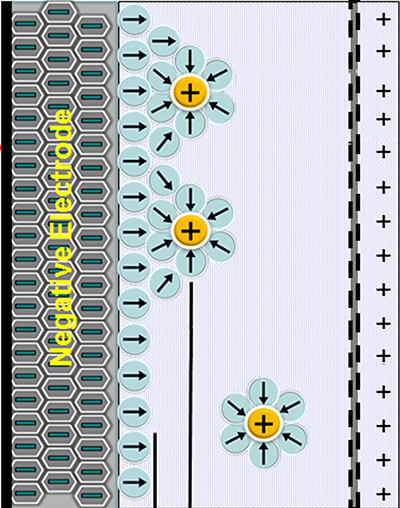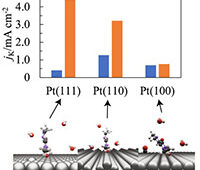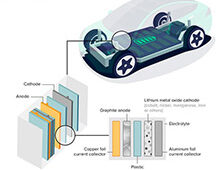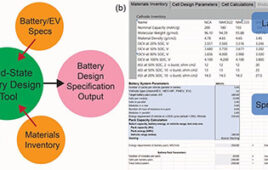Supercapacitors, also known as ultracapacitors, have performance characteristics somewhere between a battery and a conventional capacitor. A battery has a high energy density, meaning it can store a significant amount of energy with a relatively small volume or mass. Batteries are, however, limited in terms of the speed at which they can charge or discharge, in other words, they have a relatively low power density. Batteries are also worn out by repeated charge/discharge cycles, meaning they have a limited cycle life. Capacitors reverse these performance characteristics, storing a relatively small quantity of energy but charging or discharging it almost instantly to give very high power. The performance of supercapacitors falls somewhere between a battery and a conventional capacitor for all of these metrics.

There are three main types of supercapacitor:
- Double-layer capacitors store charge electrostatically (Helmholtz layer)
- Pseudo-capacitors store charge electrochemically (Faradaically)
- Hybrid capacitors store charge using a combination of electrostatic and electrochemical effects.
 Conventional capacitors store energy electrostatically. Two electrically conductive plates are separated by a dielectric material such as paper, glass, plastic or ceramic. When an electric field is applied, positive and negative charge accumulates on the respective plates. Double-layer capacitors apply the same principle but they provide greater charge storing capacity by storing the charges in the interface between the conductive plates and the dielectric layer.
Conventional capacitors store energy electrostatically. Two electrically conductive plates are separated by a dielectric material such as paper, glass, plastic or ceramic. When an electric field is applied, positive and negative charge accumulates on the respective plates. Double-layer capacitors apply the same principle but they provide greater charge storing capacity by storing the charges in the interface between the conductive plates and the dielectric layer.
It is anticipated that graphene-based electrodes may increase the specific energy of supercapacitors to over 140 Wh/kg, well into the range of batteries. This would have a huge impact in many areas, including the availability of energy storage for buffering supply and demand in renewable intensive energy systems, and electric vehicle production.





Tell Us What You Think!